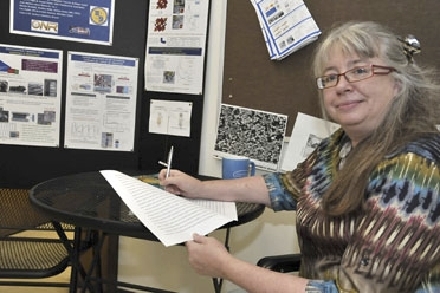Researcher looks at how climate change leads to innovative science
On Sept. 7, the PLU Chemistry department will host a seminar by Debra Rolison in Morken 103 from 12:30-1:35 pm. In her presentation, “How Subversion, Revolution, and Climate Change Lead to Innovative Science–Enhancing Electrochemical Energy Storage on the Macroscale via Architectural Design on the Nanoscale,” Rolison will share her passion for empowering women and minorities in the sciences, and will give an overview of her research with nanomaterials to create better batteries, capacitors, and fuel cells.

Debra Rolison
at the University of Utah, and is a Fellow of the American Association for the Advancement of Science (AAAS), the Materials Research Society (MRS) and the American Chemical Society (ACS).
She received the ACS Award in Chemistry of Materials in 2011 (and was the first woman to do so) and will be the recipient of the Society for Electroanalytical Chemistry (SEAC) Charles N. Reilley Award in 2012. Rolison’s research at the NRL focuses on multifunctional nanoarchitectures, with emphases on new nanostructured materials for catalytic chemistries, energy storage and conversion, biomolecular composites, porous magnets, and sensors. She is the principal inventor of composite aerogels; electrified microheterogeneous catalysis; a process to electrodesulfurize carbons and coals under mild conditions; and 3-D nanowired mesoporous architectures.


